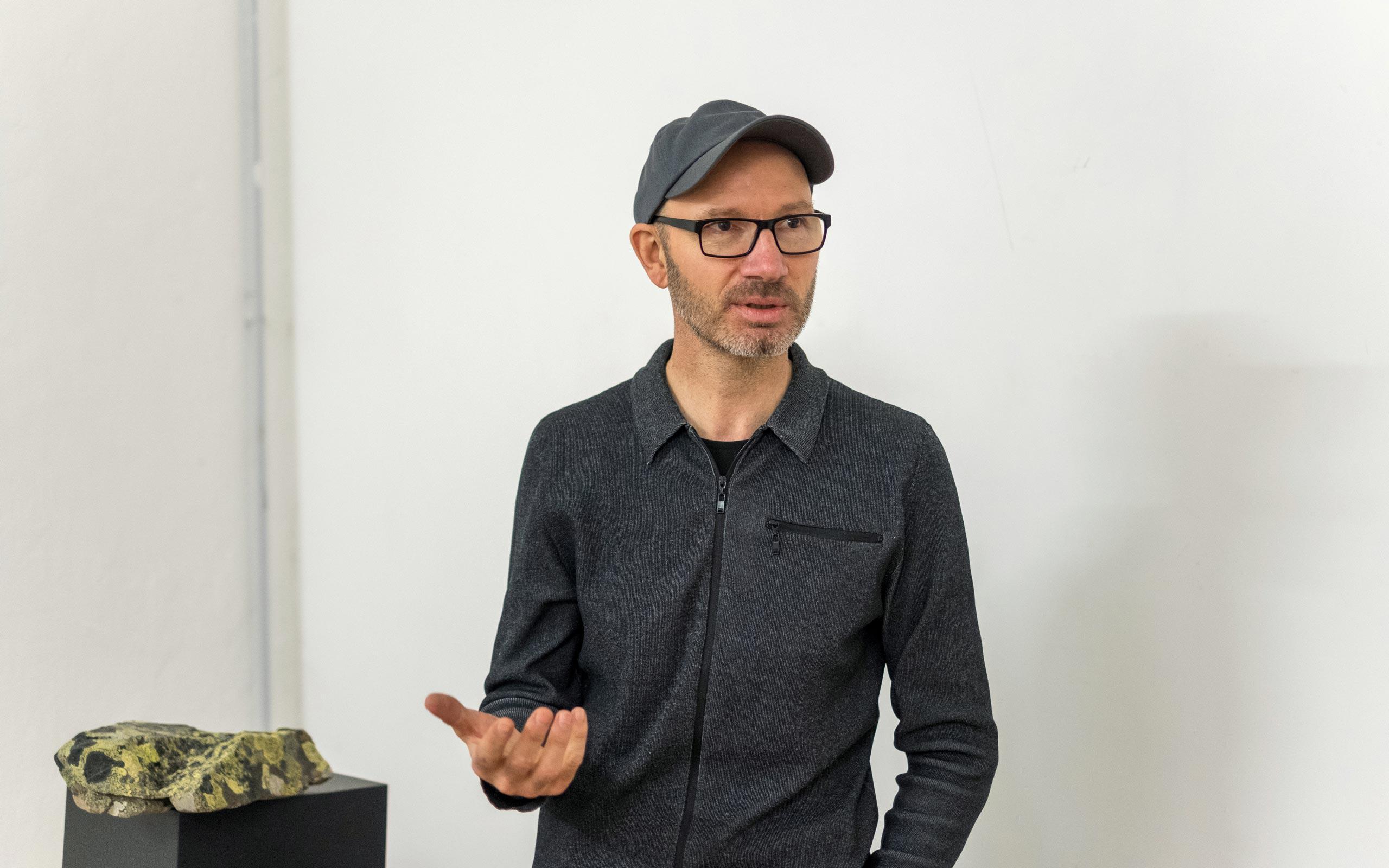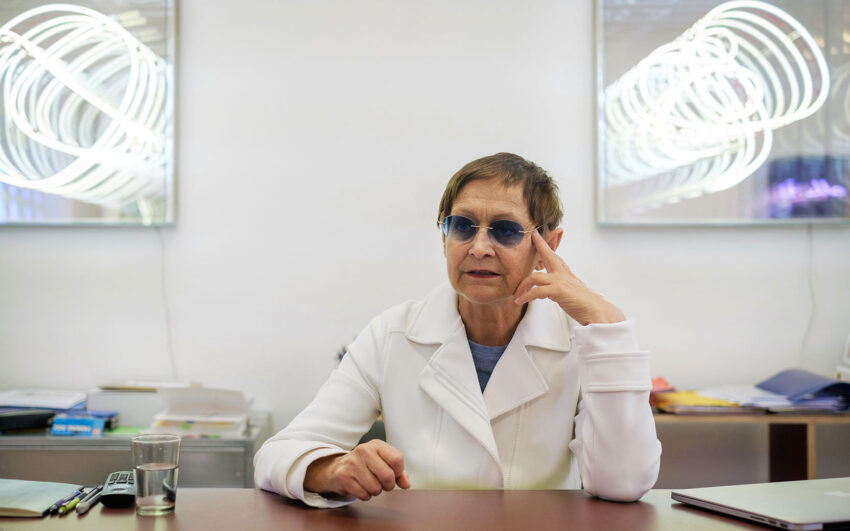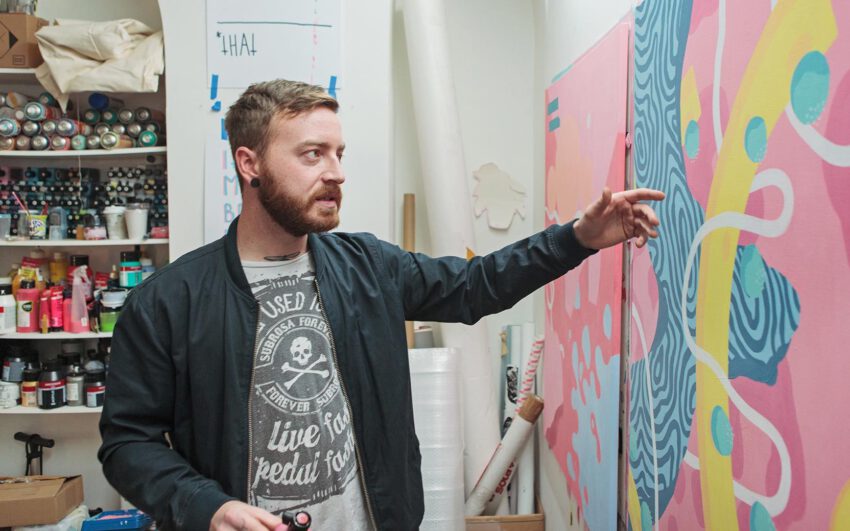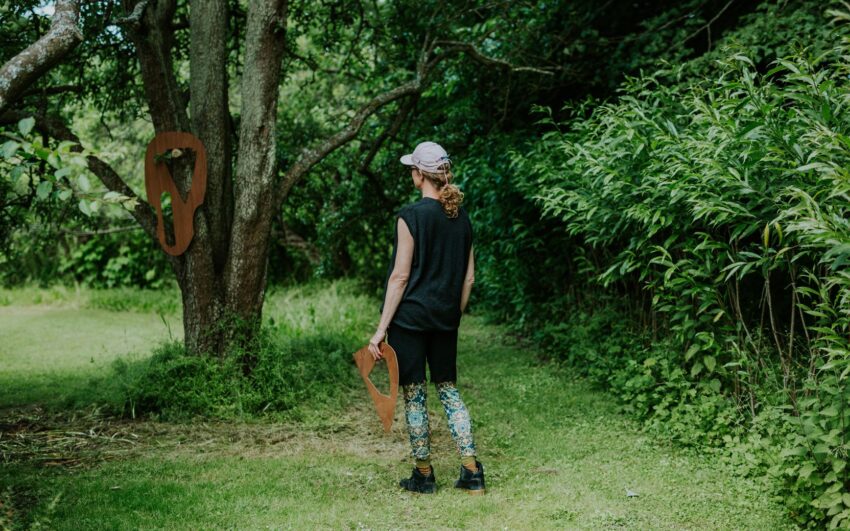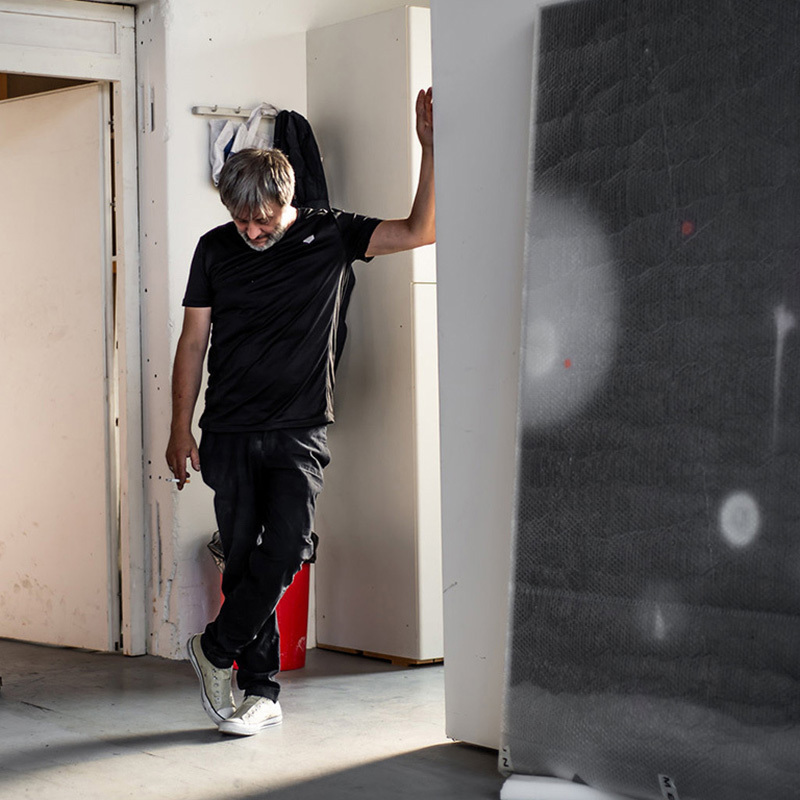In his conceptual art, Roman Pfeffer deals with questions of correction, transformation, order, and concentration. In doing so, he consciously plays with perception and offers thought experiments that do not adhere to rational regularities. His work playfully moves between sculpture, painting, graphics, photography, and video to appropriate themes of everyday life and those of art.
Roman, what was the path that led you to art?
I went to the Ortwein School (Higher Technical Education Institute for Building Technology, Art, and Design) in Graz. There were faculty members who were architects and who spoke about composition, order, and rhythm, among other things. These were not matters that made sense to me at the time, but they did create an interest in me and when I look back now, I recognize without my being aware of it at the time, that was the point that led me to art.
How did you end up applying to an art university?
After school, I was drawn to both geography and to art, and I investigated where I might study these subjects. I had no clue about art, and in retrospect I suspect that those who are beginning to study art today are more prepared and more informed about contemporary art than I was. I was certainly interested, but of what was actually going on or even what it was that drew my interest, I had no idea, so it was more of an abstract impulse. Then I went to Vienna and applied to the Academy of Fine Arts. At the entrance examination, Gunter Damisch decided that I should be in his class. So it happened that, without my knowing who he was, he made the decision for me. (laughs)
Did your family support you in your choice?
My father comes from a typical wartime generation, i.e., he grew up without a father, and his mother went to Switzerland, leaving him behind. He had to organize his life. He trained in a particular profession and over the years built a life for himself and his children, we’re five children, so it’s quite a big family. He had no particular ideas, but when we were each around the age of sixteen, he pronounced, “Well, my job is done now, I’m no longer going to interfere in your life, pursue what interests you.” In that sense, there was neither a promoter, nor was there a preventer.
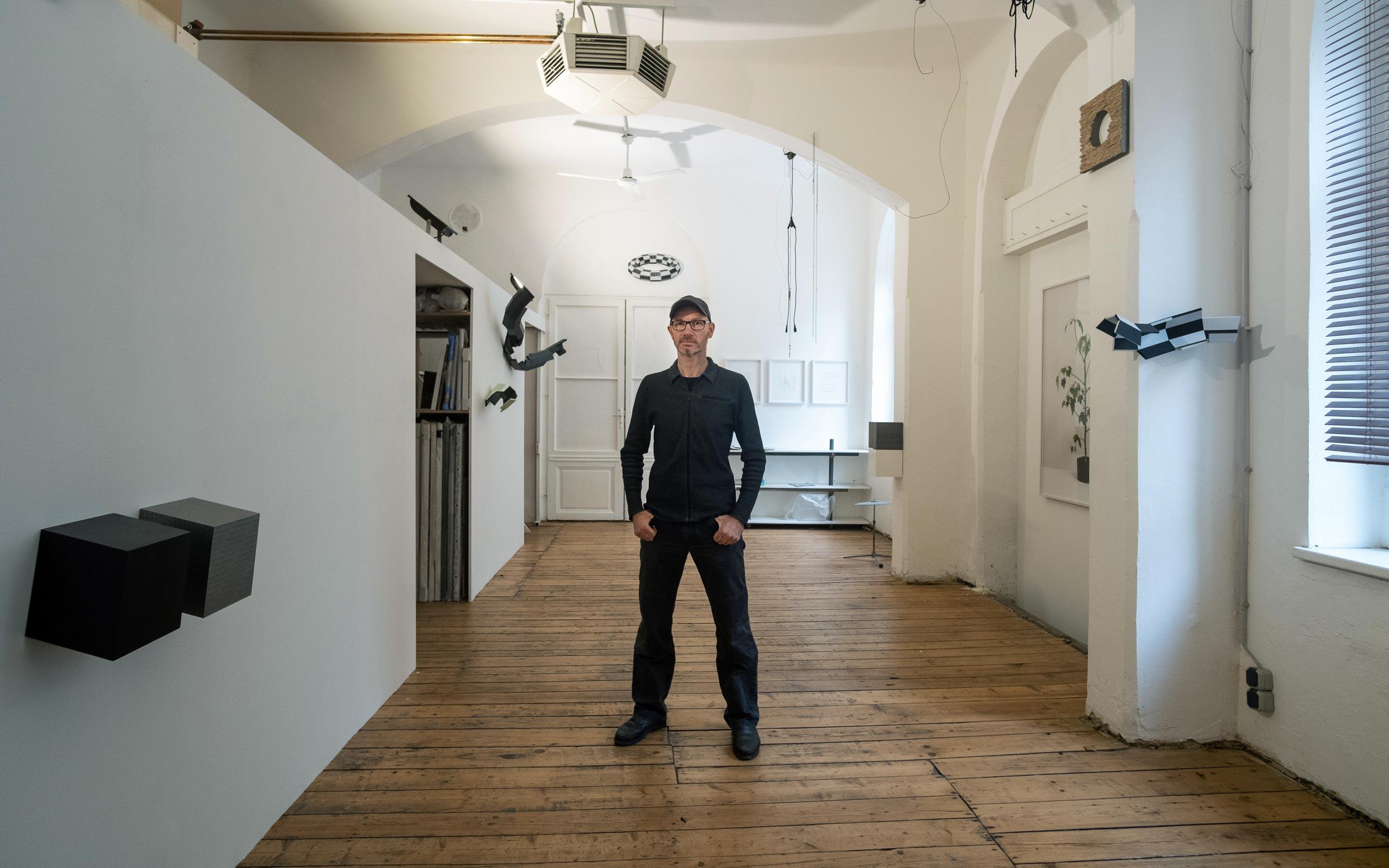
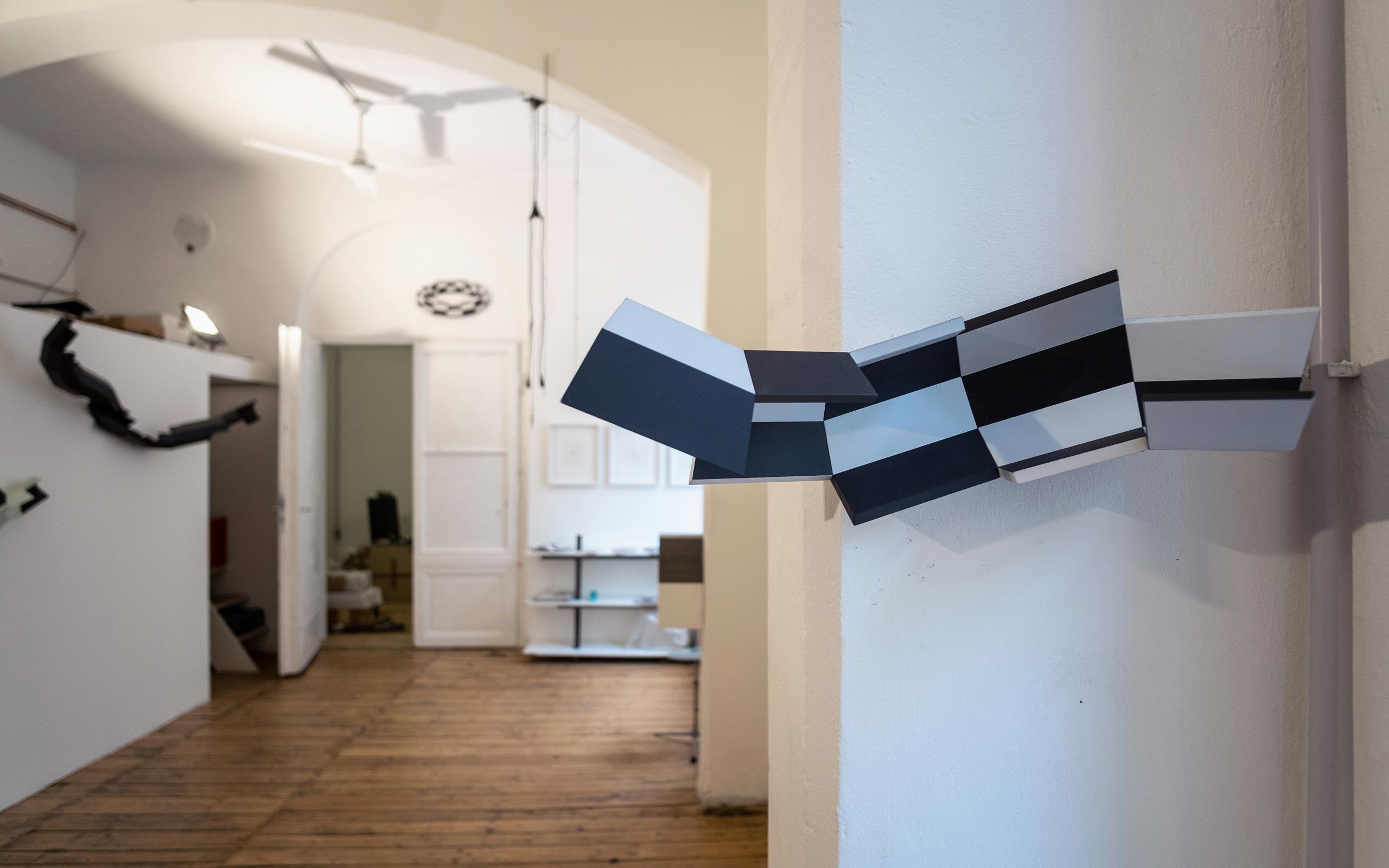
During your study of painting, you attended the Kent Institute of Art & Design at its Canterbury campus in England. What impression did this stay have on you?
That was an important time for the development of my art because it was about what do we actually do as artists? It was about a content that was tangible for me. And that was when I realized that this is what I’m interested in, that is, what does art convey, or what content do I communicate with my art. In my studies in the Damisch class, it was more about my own artistic personality development, i.e., that I develop a recognizable stroke or acquire techniques properly... Those were all parameters where I was thinking: What does it mean to have a stroke that’s recognizable? And what does it mean for me to have a recognizable stroke? It’s fine and nice and beautiful for art, but it doesn’t matter for the art I’m interested in. So, I didn’t get into that until I was in England. That may have been the basis for how I then continued to work. I consider my launch into the art world to have been an exhibition at Schloss Hollenburg in 2006, where I first went public with my work.
You now move between sculpture, graphics, painting, photography, and video. What is it that appeals to you about working with these different media?
The medium is just a medium, but of course it must be perfectly executed, especially if you want to do everything yourself. But, as I have already mentioned, I’m interested in the content and then in addressing that, there is simply an appropriate medium for it.
Can you elaborate on this?
If the issue now is light and shadow, as with sculpture in my case, then the object is the more interesting, although it comes from painting. There is a great series, the Mazzocchio, that I have been working on for years. This series originally derives from paintings that reference Paolo Uccello a 15th century artist who developed a ring-shaped form to be worn on the head (mazzocchio) which was originally intended to carry or transport small items but outgrew its original purpose and evolved into a head adornment fashionable at court. Uccello who lived in a period when the development of perspective was a crucial issue transformed this ornamental ring into a purely geometric form. In doing so, in my opinion, he introduced a complexity comparable to advanced issues of perspective, light, and shadow. I think artists tend to impose degrees of difficulty on themselves to get a step or two ahead. And I found that interesting, so I pulled out this geometric 16-part object with an octagonal cross-section, which is something that’s very systematic, to work with. The systematic is something that interests me a lot in my art.
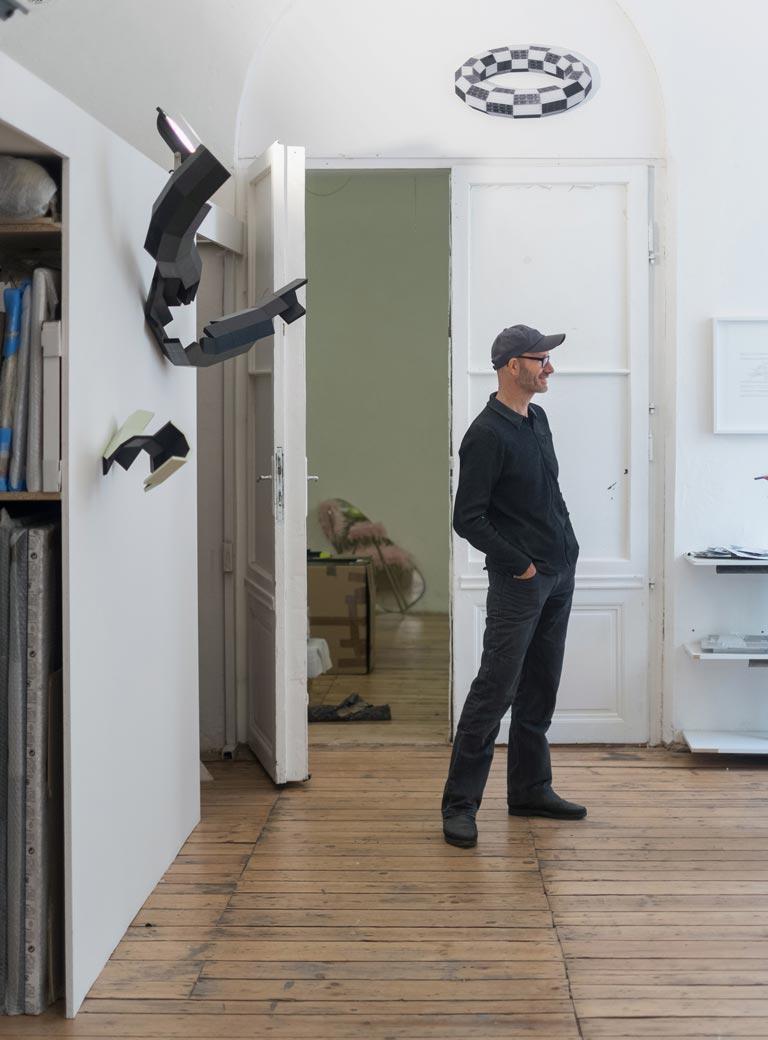
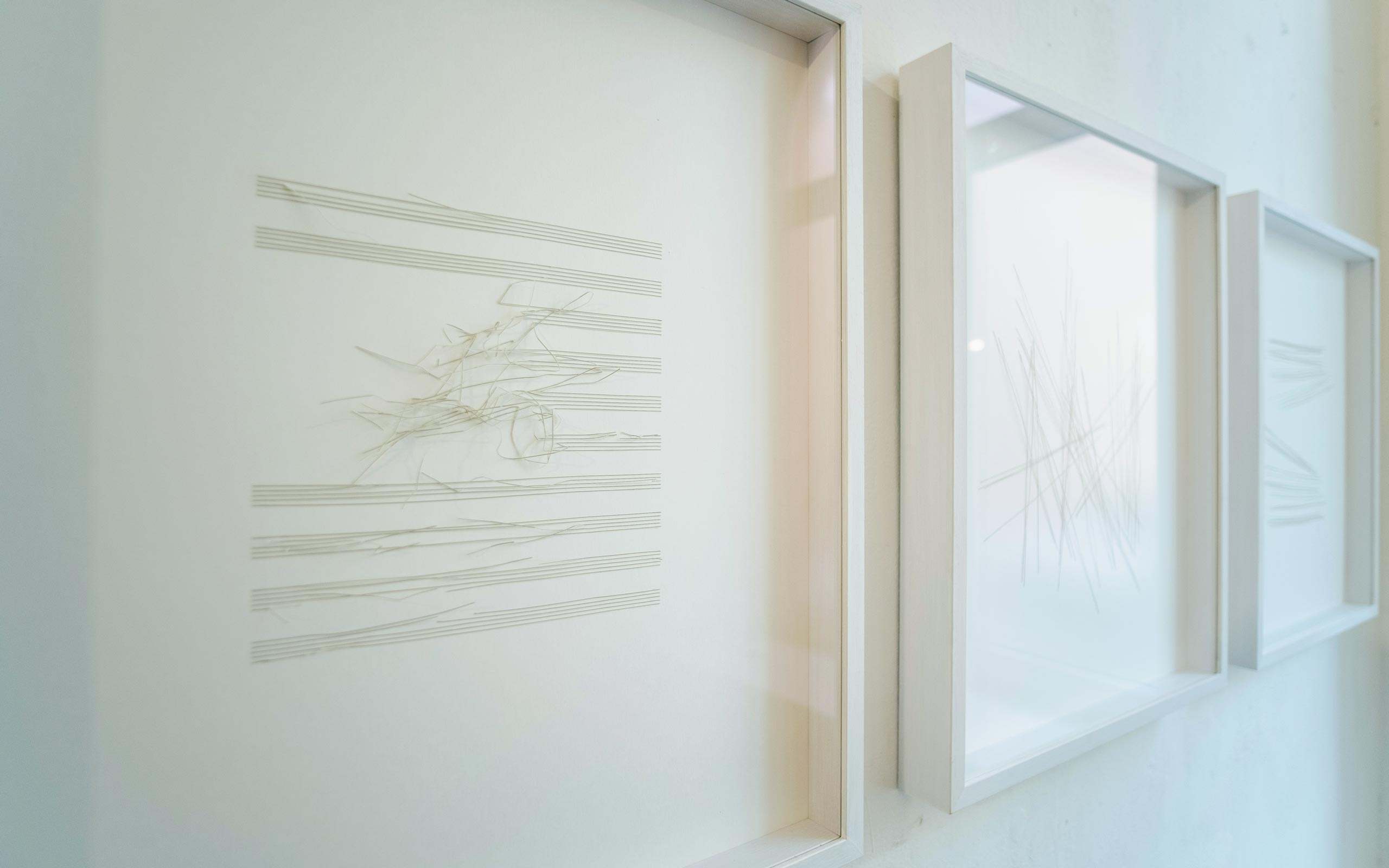
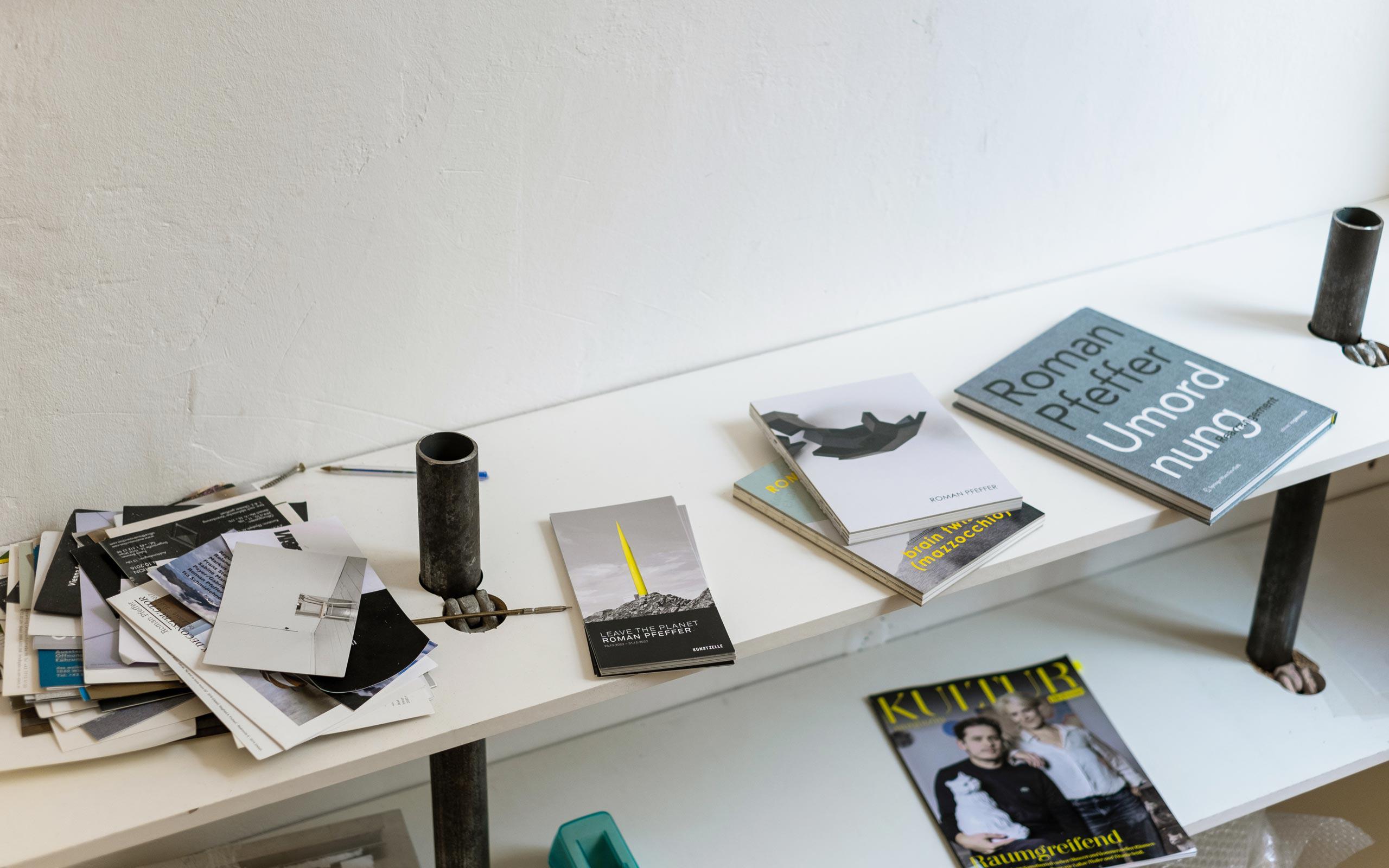
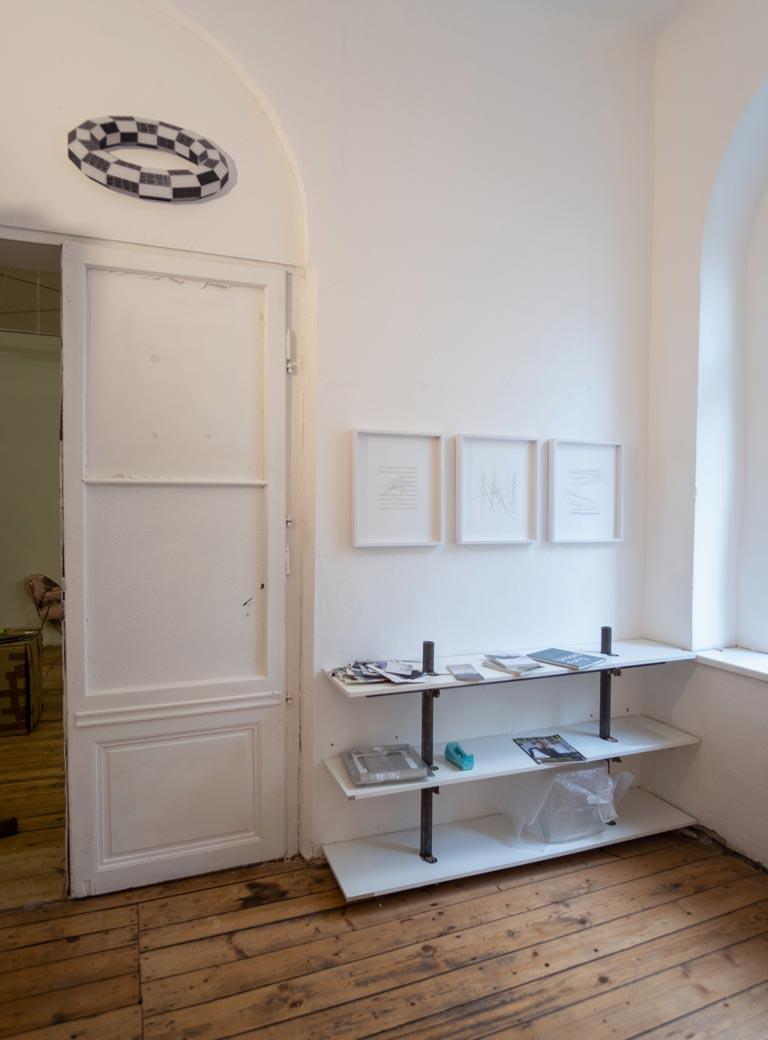
Your approach is defined by correction, transformation, order, and condensation... What exactly are you about, what are your concerns?
There are various strands in my art; much has to do with everyday life or is derived from it, whereby geometry and rhythm are involved. I take things from everyday life, such as the mazzocchio, and transfer them into art; I like to look for artists or objects with which I can work and create chains of reference, whereby I question what an adaptation of existing things means in art. But in my case, some works experience topicality through the fact that certain themes, such as the climate, have become virulent. Therefore, my series of cultivated ornamental plants (2012), which among other things address an intervention in nature, is now shown more. In general, I am concerned with complexity.
Complexity is a good keyword, because your works are a game of perceptions, as in The Chandelier or The Artist as Circle (2015), where the tape measure functions as an indicator of the truth. What reactions would you like to trigger?
I love when people are interested in it. And if you take a closer look at my work, you will come up with something else, like with The Chandelier. You see a chandelier and you think, funny, what is he doing in this photo... But when you look more closely, you see that this is only one half. The moment before, the brain completed the chandelier that is cut apart in the middle. The title is Half Light (2011), and you are puzzled what it means, what is a half-light? What is a whole light? I am interested when questions arise, or an engaging discourse is triggered... As an artist, I see myself as a person who is inclined to include hurdles every now and then to get onto something else.
Titles play a very important, almost ambiguous role in your work, don’t they?
Yes. On the one hand, the surface from which I will derive my painting is important since it makes a difference how the paint is applied, with a brush or some other means, this influences our aesthetic perception and is the initial entry into the work. On the other hand, there is the title and the playing with meanings. For example, the armchair work: one half of it is a chair, the other half is quite opulent with pink feathers and its reflection in the mirror, thus becoming visually a whole chair. The title Permanent Selfie (2022) establishes the connection to our world, so when are we whole, is our reflection perfect? Or who are we when we take a selfie. Or the work painted by nature, polished by the artist (2021) which deals with the balancing act between nature and man. A stone covered in lichen from which the lichen has been removed is placed atop a slanted pedestal. The weight of the stone in conjunction with its specific placement on the top of the pedestal creates a point of balance which, should the stone be removed, would result in the pedestal toppling over. So, the stone is keeping the balance, which means that the work is about measurability and balancing acts. So different questions arise in my work. The interesting thing in art is that you discover something, see something, it interests you, and then it keeps working.
So, you have a concept of decoding?
Exactly. You’re also a bit of an archaeologist; you must uncover layer by layer so that you push forward to discover more.
And how would you describe your art in simple words?
It is a concept-oriented art, where the basis is in the everyday, the things that are familiar to us, which are reinterpreted offering a new way of looking.
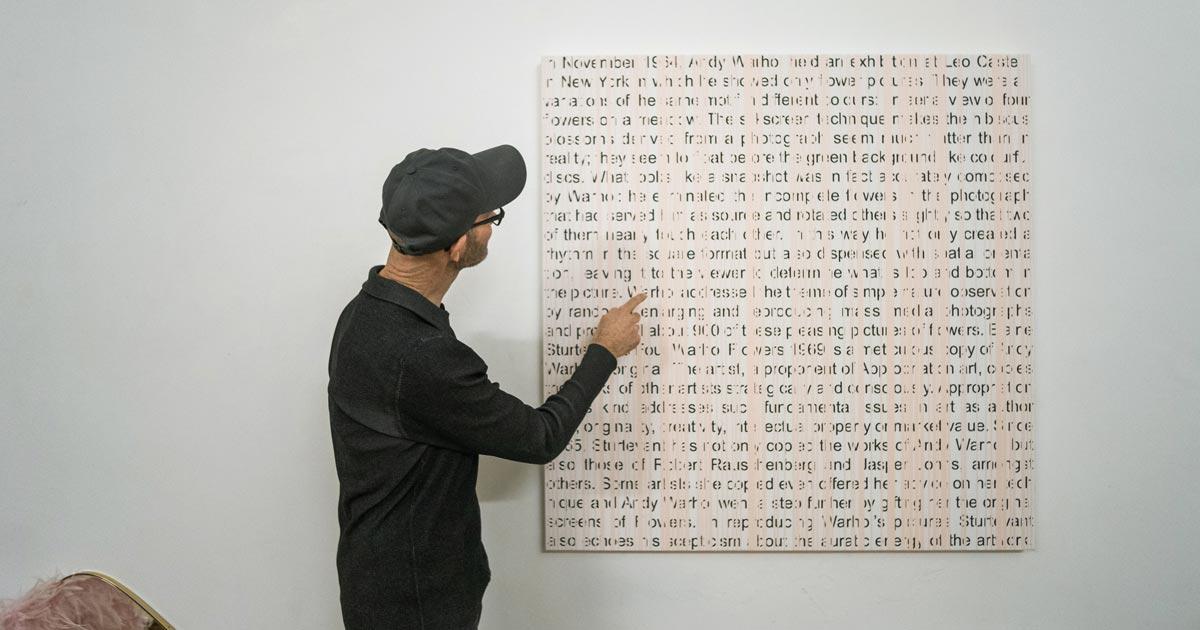
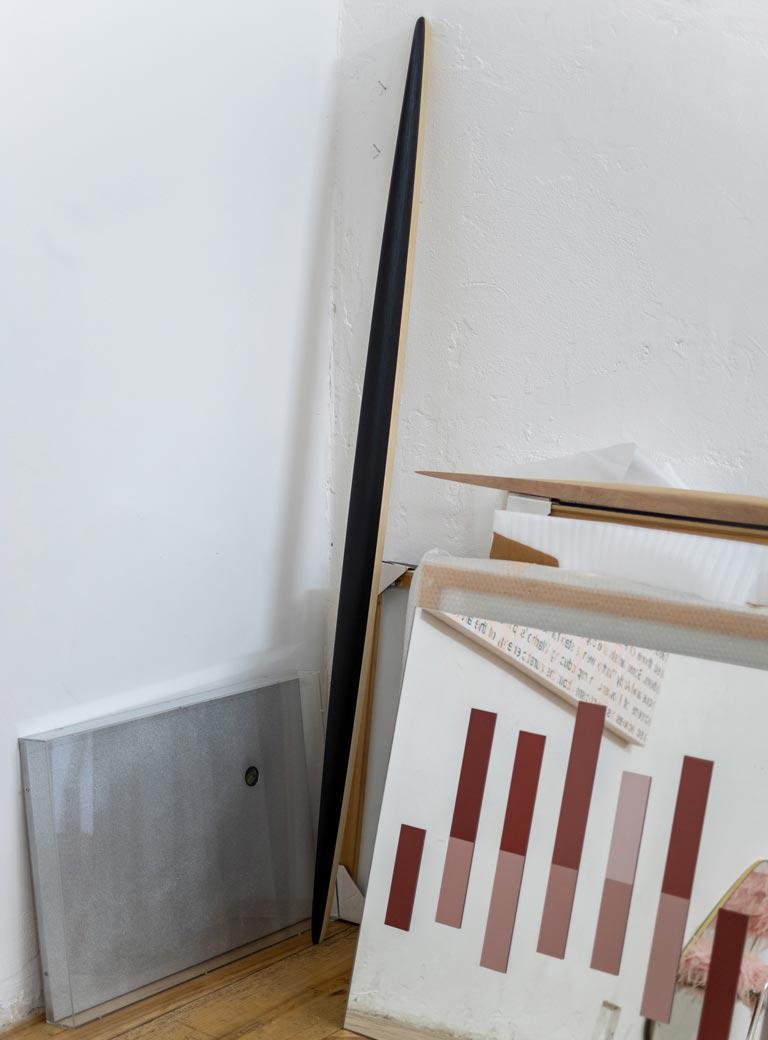
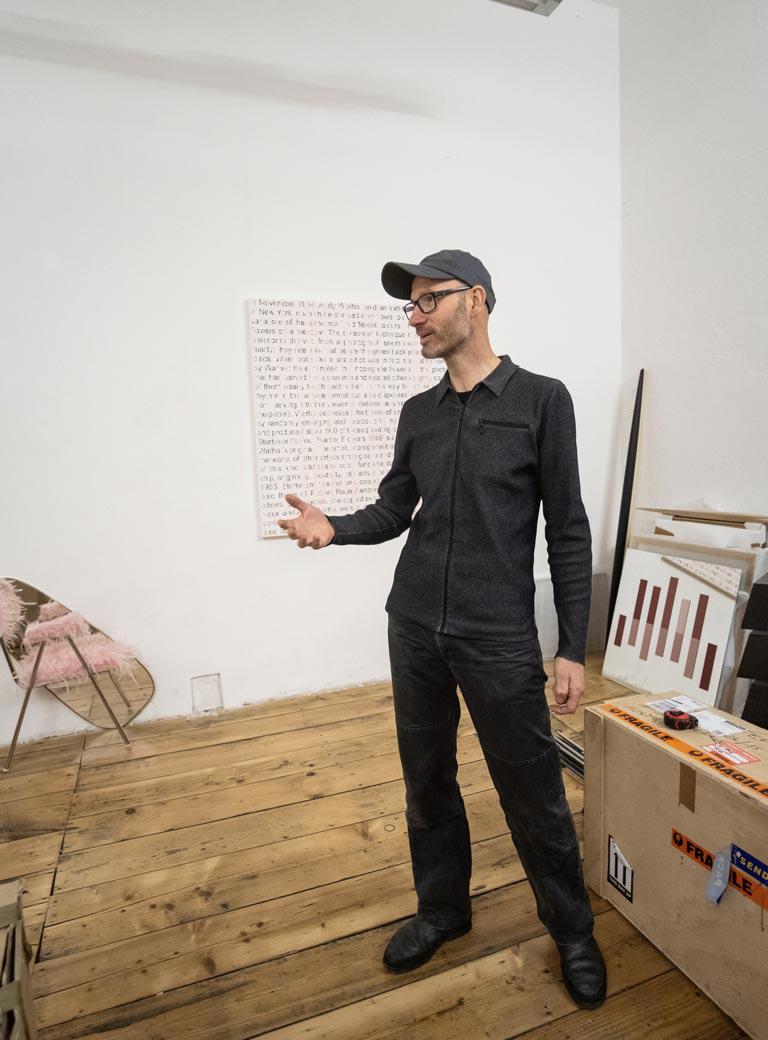
How can we imagine your working process?
I’m in the studio every day. In 2006, I began as a freelance artist, and I am still behind (laughs). It’s never been like, now I must figure out something; there is always something to do. There are more intense times when I work more, and there are times when I have more time and take it easier even though I am behind... And I must say, for certain works I collaborate selectively with others and that influences my work process.
So, there is never a period of rest in your work?
Right. And that is an ideal situation, that you do something that you like to do and where it is about further development of your own work. Ideally, there are people who will subsequently take the work with them out of the studio.
Do you work with a concept or more intuitively?
It’s a combination. There is this conceptual notion, but there is no drawing board where I design the art. When it can’t all be decoded, that’s when it’s most intriguing to me. So, when I think I’ve got it figured out and I subsequently realize, “Oh, it’s not like that after all...” (laughs). When it stays in that balancing act, then it’s good for me and for the others. However, it is also about abstraction, I pursue this in my series and here three-dimensionality always plays a role, no matter what medium I use.
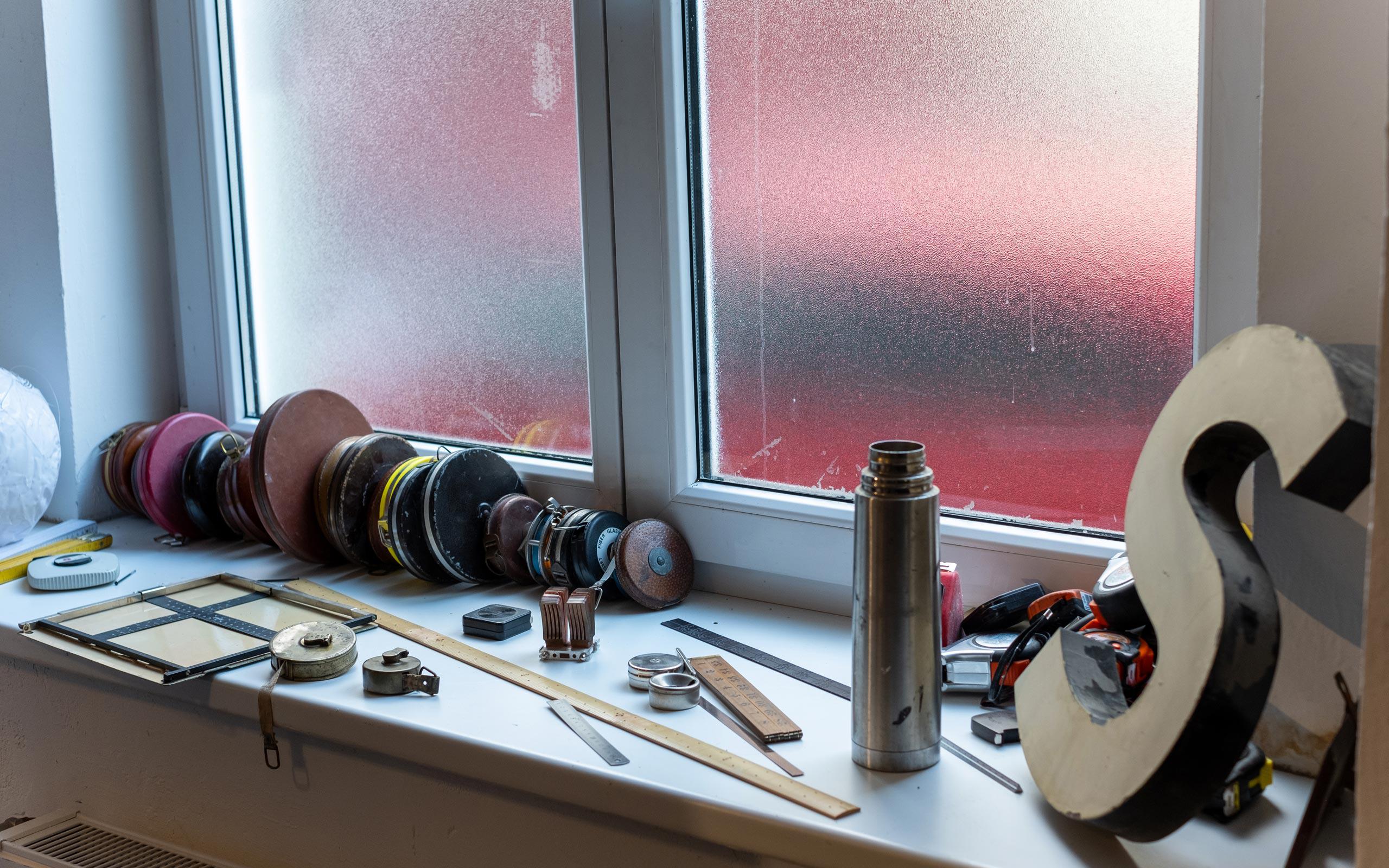
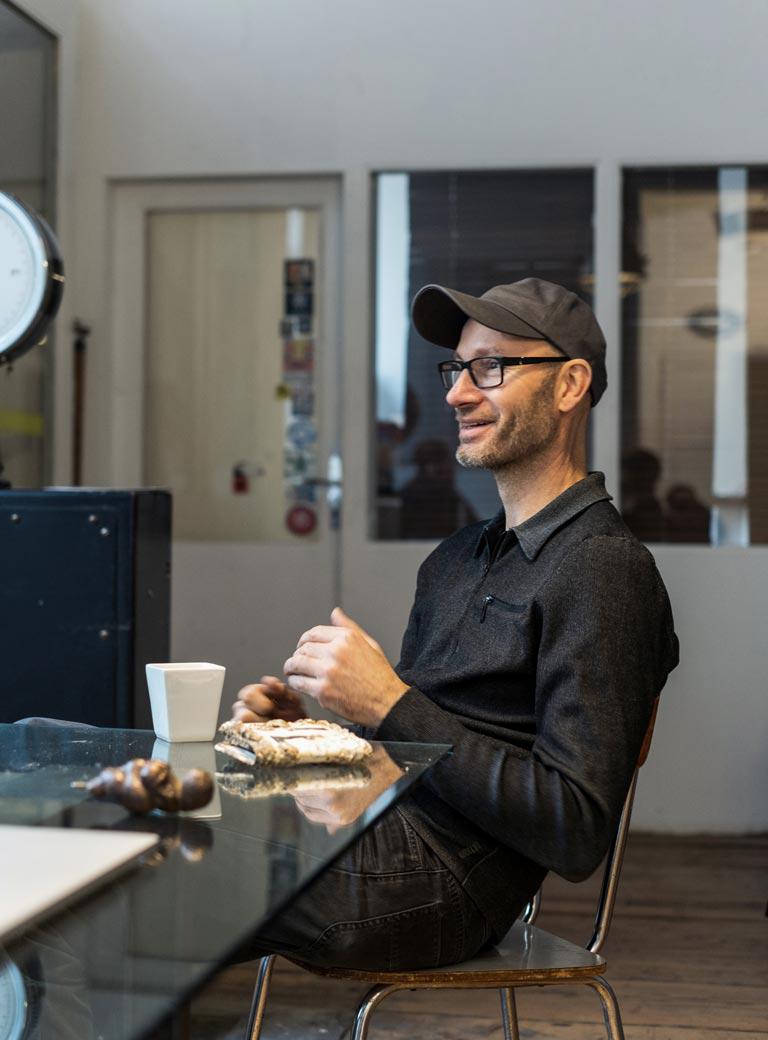
We spoke a lot about meaning and perception. Do you like to seek out conversation with others, for example in the exhibition context?
Yes, quite. I think it’s important to mediate and not be so lost in front of this art. It’s not only art that needs to be communicated, but also conversation, which is of importance to us in general. With art, I find it essential that another aspect is added, and it is exciting to have someone with knowledge and experience talk to me about art. Once a medical doctor came to my exhibition and looked at my work 827 kg (2010). Because of his medical acumen, he was immediately able to recognize because of the subjects’ facial and upper-bodily tension and the dilation of their pupils as recorded in the photographs, that it was clear to him that each person was engaged in something strenuous, and in fact, the people portrayed had been asked to lift and support, outside of the camera frame, the equivalent of their own body weight while their portrait was being taken. I find such an exchange as this very interesting.
You once said that the absolute frightens you. What do you mean by that?
The absolute has something rigid, and if something is rigid, we will have a problem if something does not change, but remains rigidly the same. For me it’s more interesting when things go a step further, that is, how the artist builds up a work developing it further and at the same time, builds in developmental steps; that is what it is about for me.
Is that what drives you in your artistic work?
Yes, what drives me is to get one step further. It's not so much an external drive but rather an internal drive for artistic creation. First and foremost, the work is in the foreground. Success is cool, too, of course, but what drives me is to take a step forward myself.
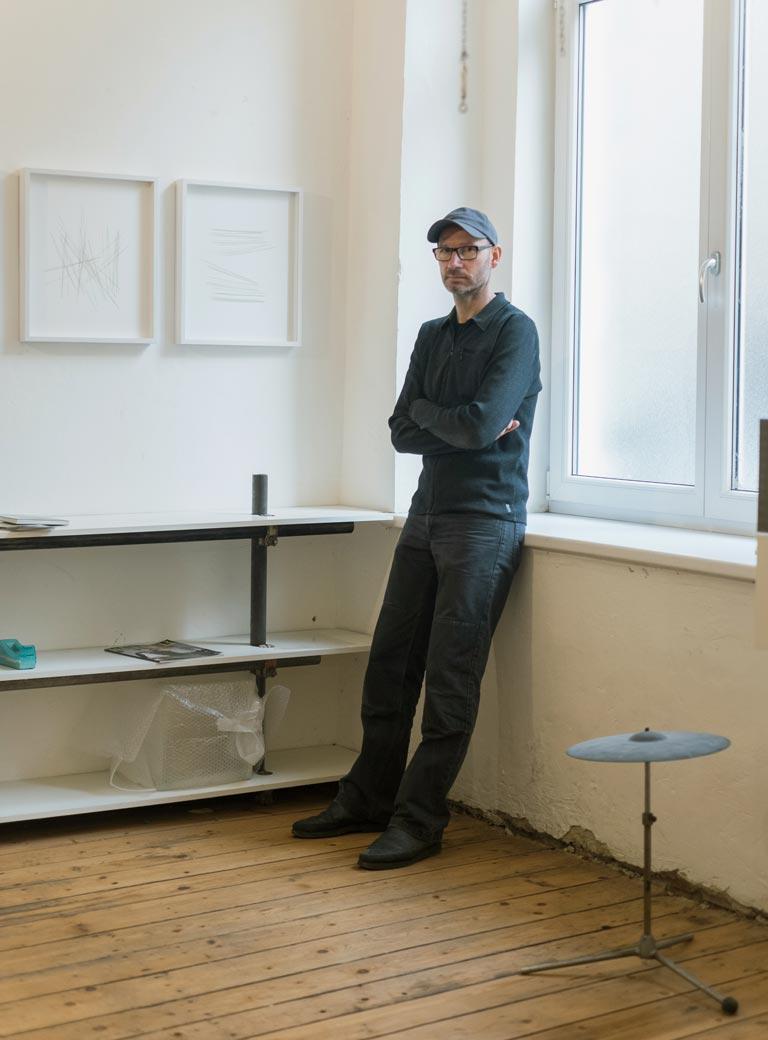
Is there a misconception about your art that persists?
One misconception that concerns me is that conceptual art is difficult to comprehend, and people become intimidated of it, but that should not be the case. In fact, you may or may not relate to it (conceptual art), but when you become sufficiently intrigued to know what it’s about, that’s when it becomes conceptual, at which point it becomes quite easy to access for oneself.
What are you currently working on?
At the moment, I’m working on a sculpture for a Vorarlberg sculpture park on multiple infinity since there is not just one. This is an interaction with mathematician Georg Cantor. And in fact, in my new studio, I have many series put aside to create entirely new things.
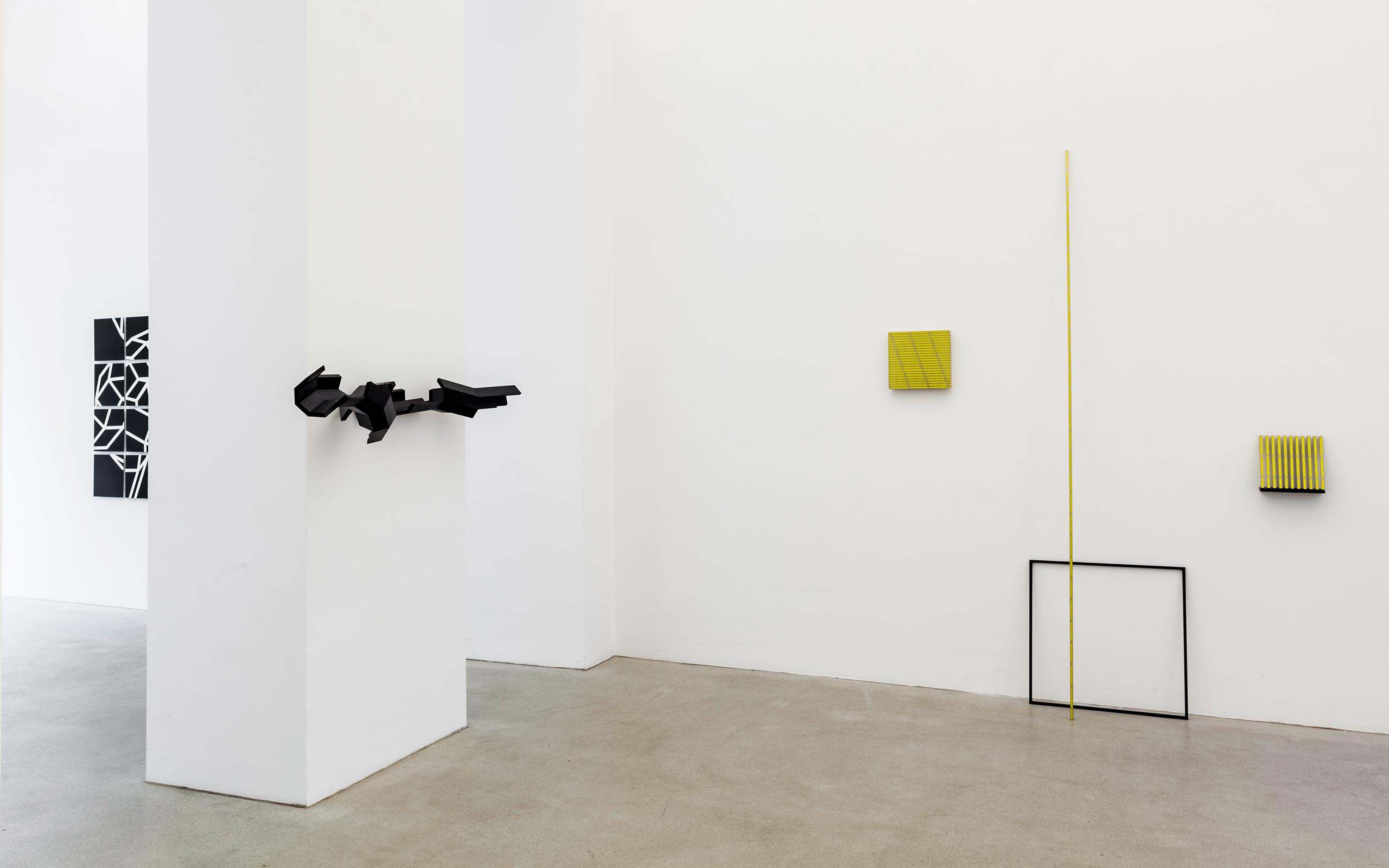
Exhibition Dinge durch Denken, Galerie Raum mit Licht, Vienna, Installation view, 2017, Photo: Christoph Fuchs
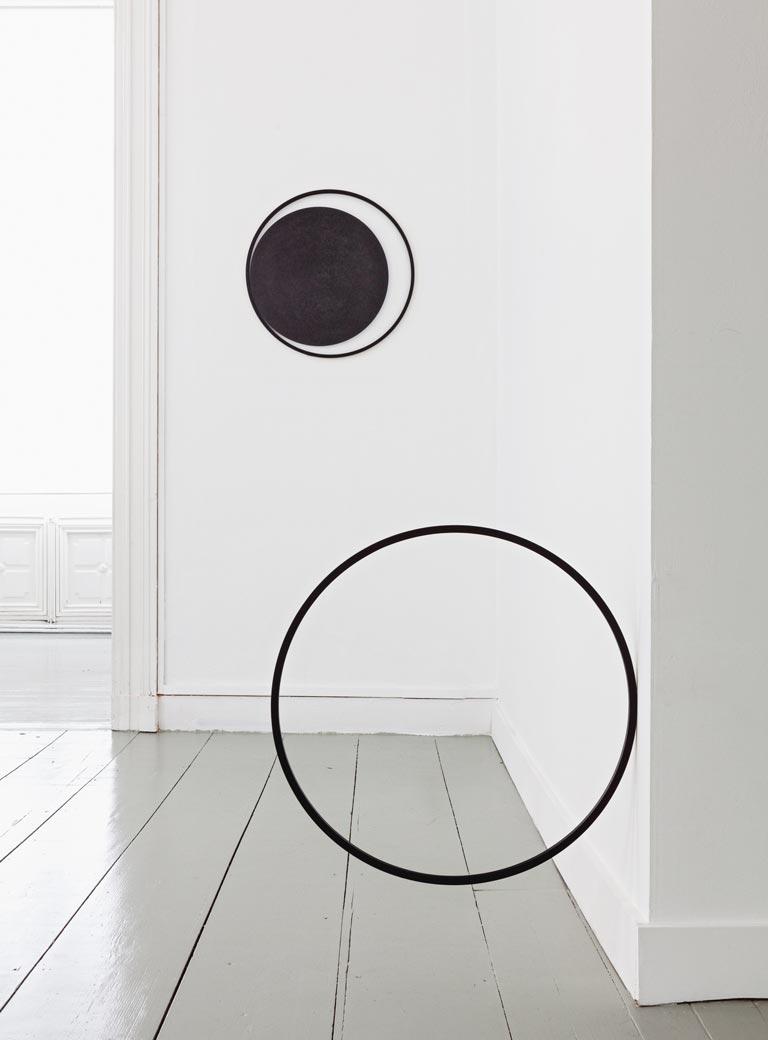
The artist as a circle, 2015/ Me and my mother produced by my father, 2015, Gallery Geukens de Vil, Anwerp, Installation view, 2019, Photo: We Document Art
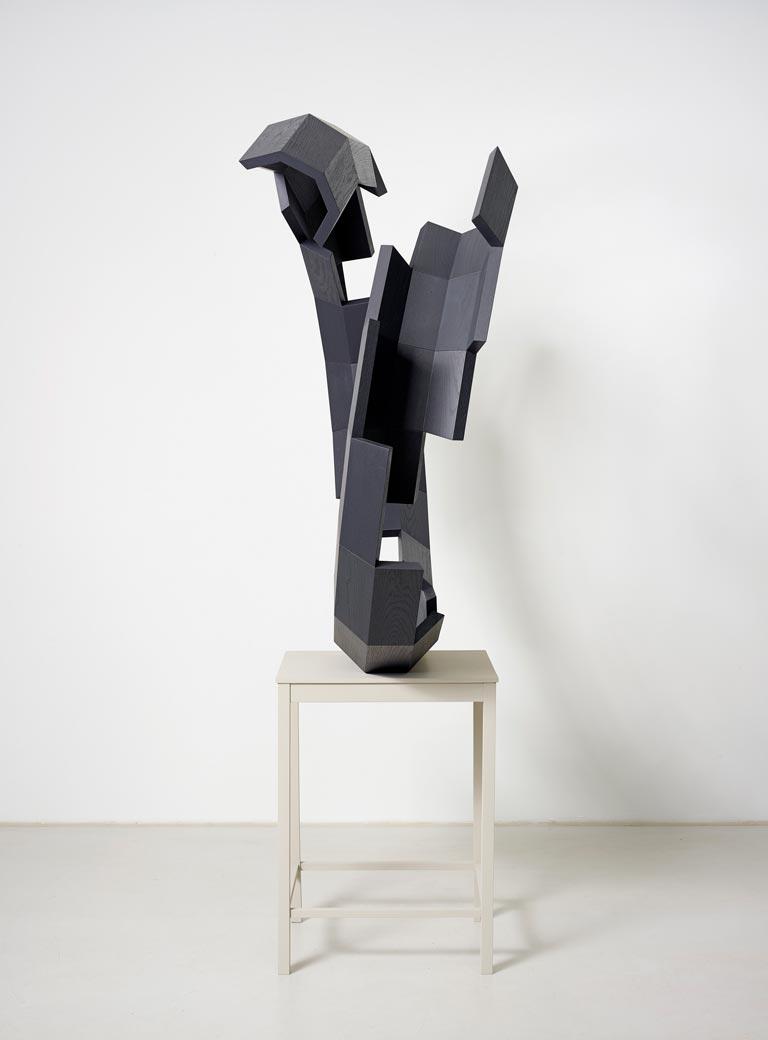
Stripped bare Mazzocchio III, 2021, wood, pigments, oil, paint, 221 x 144 x 67cm, Photo: Josef Schauer Schmidinger
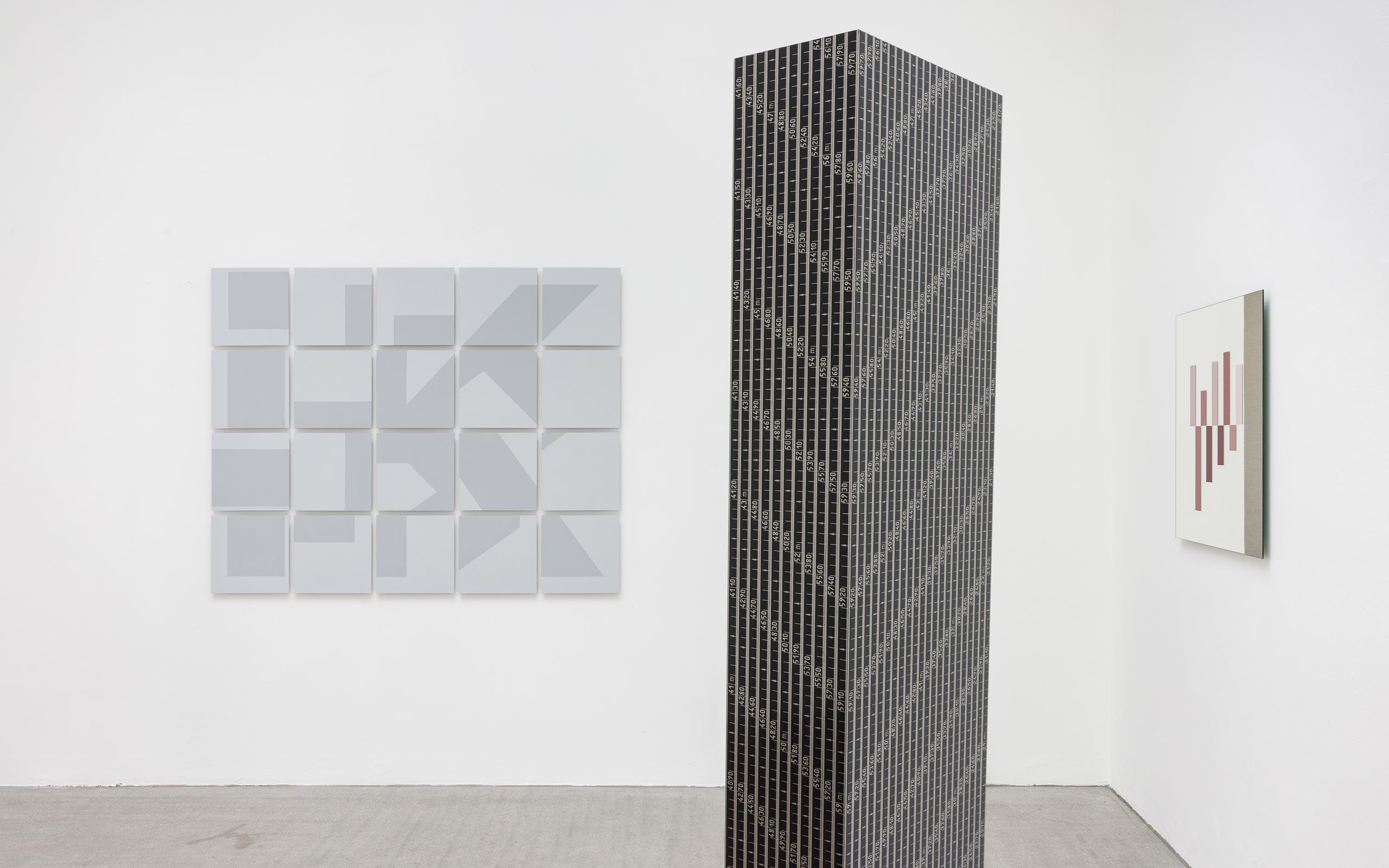
Exhibition IK & ICH, Raum mit Licht, Vienna, 2022, Installation view, Photo: @Kunstdokumentation
Interview: Marieluise Röttger
Photos: Maximilian Pramatarov


